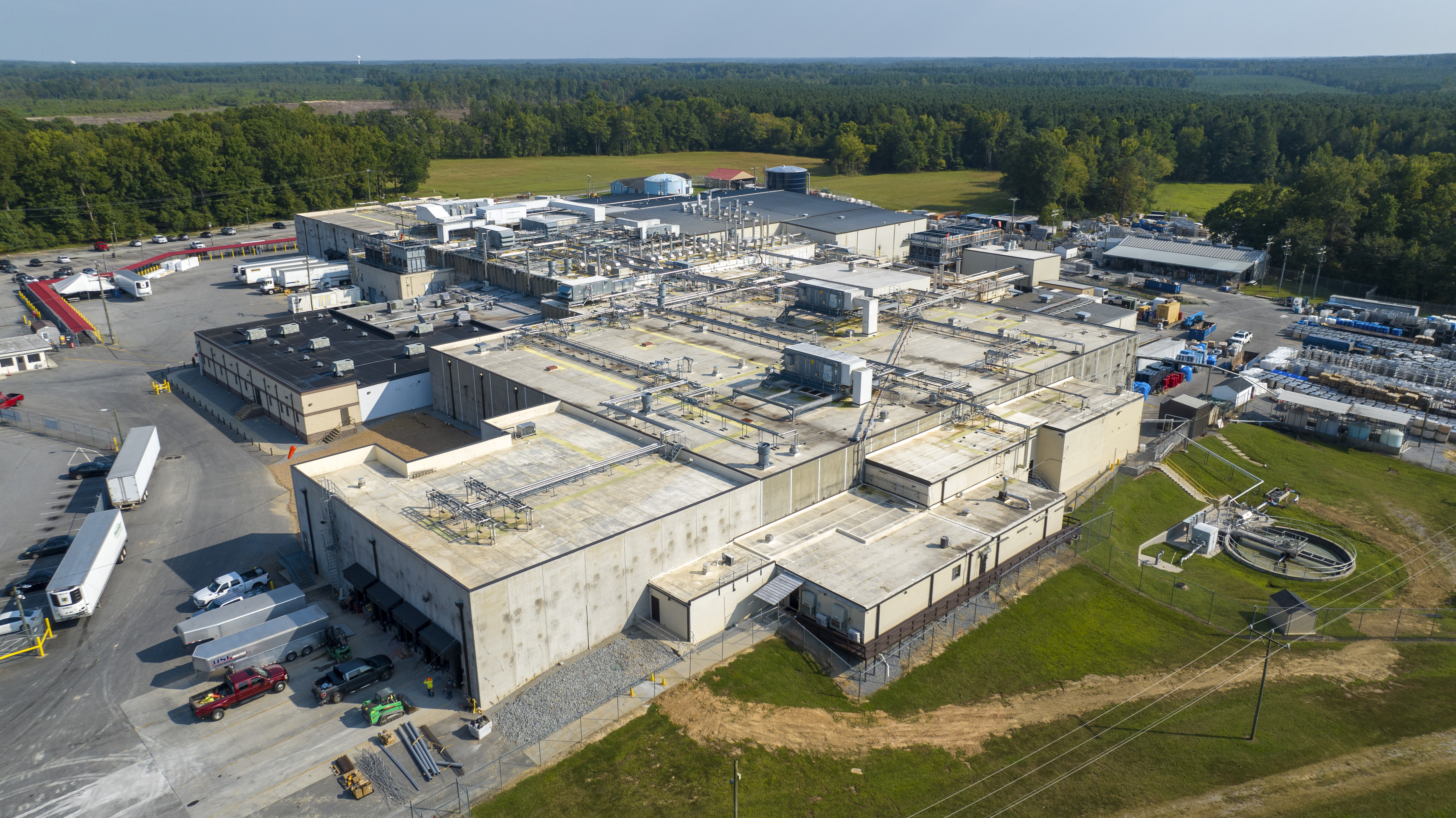What to Know
- The Red and White Fleet built its first hybrid electric ferry boat, The Enhydra, to run entirely on batteries for up to 2 hours
- The boat goes out on regularly-scheduled sightseeing cruises, and is often chartered by environmental groups
- The Enhydra will continue burning some diesel fuel until faster charging is available at the docks
Gesturing around to the panoramic views of San Francisco Bay and Fisherman's Wharf from the deck of his newest boat, Red and White Fleet owner Tom Escher proudly called attention to the one thing that was missing:
"There's no smokestack," he said. "Because there's no pollution."
That's not entirely true yet — but if Escher has his way, it will be soon. The Enhydra is the company's first hybrid electric ferry boat, and while it still burns some diesel fuel to keep its massive batteries topped off for a full day of sightseeing cruises, it's ready to run on all battery power as soon as the right charging circuits are put in.
The pilot house of the hybrid-electric Enhydra ferry boat has all the electronic controls and displays you’d find in a hybrid car — including a “Prius screen” that shows where the energy is coming from. - Spherical Image - RICOH THETA
The pilot house of the hybrid-electric Enhydra ferry boat has all the electronic controls and displays you’d find in a hybrid car — including a “Prius screen” that shows where the energy is coming from.
—
U.S. & World
News from around the country and around the globe
"It would be a plug-in Prius of ferry boats," said fleet president Joe Burgard, who spearheaded the project to build the boat.
Made almost entirely out of aluminum, Burgard said The Enhydra weighs about one-third of a similarly-sized boat in the fleet made of traditional materials. Both boats carry 600 passengers. In part, that's due to the use of aluminum and composites in every finishing touch — including the decks and benches, which are printed with a photorealistic wood grain. But it's also because there's a lot less machinery in the engine room.
The Enhydra gets some of its energy efficiency from its light weight. Here on the top deck, the benches and decking that appear to be made of wood are actually made of aluminum and composites. - Spherical Image - RICOH THETA
The Enhydra gets some of its energy efficiency from its light weight. Here on the top deck, the benches and decking that appear to be made of wood are actually made of aluminum and composites.
—
"A conventional drive system would have two main engines and two generators," Burgard explained in the cramped space below the main deck, where the ceilings aren't quite high enough to stand up straight.
The Enhydra, he explained, has only the two generators — modified Cummins diesel engines — which can start up to charge the batteries and power the two electric motors that propel the boat.
The batteries themselves are stored in tall racks locked in a fireproof and air-conditioned room near the bow of the boat.
A well-cooled, fireproof room below The Enhydra’s main deck houses two racks of batteries — with room nearby for six more to be added. - Spherical Image - RICOH THETA
A well-cooled, fireproof room below The Enhydra’s main deck houses two racks of batteries — with room nearby for six more to be added.
—
"They're actually quite compact for the energy that's in them," Burgard said, explaining that each of the two racks contains about as much energy as a fully-charged Tesla automobile.
There's room on board for up to six more racks of batteries, whose weight would be balanced out by pouring less fuel into the tank, Burgard said, once the boat goes into fully electric service. That will happen once the current charging circuit — which takes 8 hours to fill up the batteries — is replaced with a faster one, the likes of what's already used in Europe, to charge the boat up for a one-hour cruise during the 15 minutes it spends docked between trips.
Already, The Enhydra can take one all-battery trip per day, often a sunset or moonlight charter cruise for an environmental group.
The Enhydra has two diesel generators, and no main engines. The generators can power dual electric prop motors while also charging the batteries. - Spherical Image - RICOH THETA
The Enhydra has two diesel generators, and no main engines. The generators can power dual electric prop motors while also charging the batteries.
—
"The Enhydra has increased our business, and we're seeing environmental groups that want to take the boat," Escher said. "One of the things we firmly believe in is that zero pollution is possible in the maritime industry."
So, why hasn't it happened yet? Escher said he believes it's just old habits, which are everywhere in a centuries-old industry where businesses can stay in the same family for generations. Escher's fleet was started by his grandfather in the 1890s.
An advantage of The Enhydra’s aluminum construction is that there’s no need for support beams on the lower decks. That gives passengers an unobstructed view out both sides of the boat. - Spherical Image - RICOH THETA
An advantage of The Enhydra’s aluminum construction is that there’s no need for support beams on the lower decks. That gives passengers an unobstructed view out both sides of the boat.
—
"People don't like to change, and you get stuck in a rut," he said.
But Escher has a rather unconventional solution to that — which you can only see by looking down at his feet. A deliberate fashion faux-pas, his mismatched socks have become one of his trademarks.
"I never wear the same color socks," he said. "It's a challenge to get up every morning and look at the world and what I'm doing differently."



